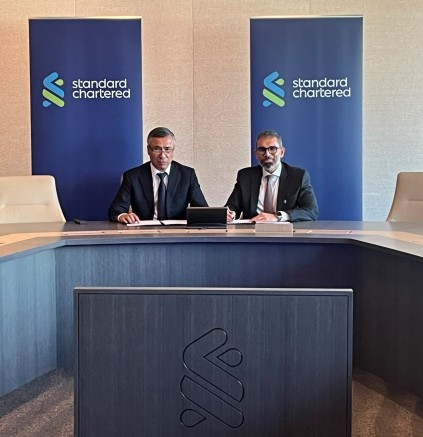A clear focus on urbanizing secondary cities in Uzbekistan through strategic, bottom-up planning and investments can help the government achieve more balanced territorial development and meet its urbanization target of 60% by 2030, according to a new report by the Asian Development Bank (ADB).
“Uzbekistan’s cities face a myriad of challenges today including infrastructure deficits, climate change, disaster risks, and rising unemployment especially among younger populations,” said ADB’s Principal Urban Development Specialist Ron Slangen. “This report shows that by focusing on secondary cities located in strategic economic corridors, working together, and applying integrated, participatory, and evidence-based planning approaches, the country can create cities that are competitive, green, resilient, and inclusive―in short, more livable.”
The report, Harnessing Uzbekistan’s Potential of Urbanization: National Urban Assessment, examines key urbanization trends in Uzbekistan and recommends solutions to create sustainable cities in the country. It was launched at a seminar organized by Westminster International University in Tashkent (WIUT) and the Center for Policy Research and Outreach.
The report recommends moving towards polycentric development by reinforcing the role of secondary cities and regional hubs, such as Samarkand, Bukhara and Karshi, smaller cities such as Urgench and Nukus in the northwest, and Djizzak and Gulistan. Reforms in urban planning should focus on integrated solutions and support affordable housing, improve environmental quality, enhance urban services, and strengthen the capacity of urban institutions to meet citizens’ needs.
At just over 50%, the rate of urbanization in Uzbekistan has lagged over the past 40 years, mainly due to mobility restrictions that limited the movement of people from rural to urban areas and low affordability of urban housing which remains a major barrier. Uzbekistan also suffers from significant regional imbalances with more than half of the urban population concentrated in the easternmost regions of the country where its economic centers are located.
In 2020, restrictions on rural-urban movements were lifted which is likely to stimulate more urbanization but further measures are needed to achieve the government’s target.











